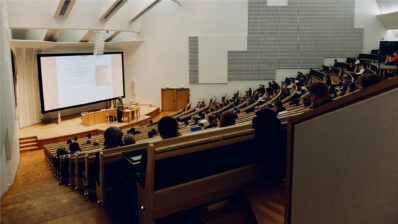Most French people are genetically very similar to the populations of Western Europe, with the exception of the inhabitants of the country’s periphery, which would resemble more its neighboring towns on the other side of the border.
This is the main conclusion that has been reached in a study led by researchers at the Institute for Evolutionary Biology (IBE: CSIC-UPF). The scientific team has analyzed more than half a million points in the genome of more than 300 modern French people in order to characterize their genetic history. Both modern and ancient DNA analysis shows that:
- French Basques are genetically very similar to Spanish Basques and quite different from other French populations.
- The Gascones are a genetically intermediate population between the Basques and the French.
- The Bretons genetically resemble the British.
- The French in the north and northeast have a clear connection with the central Europeans.
Thus, the study has made it possible to locate the history of French genetics within the European framework, facilitating a better understanding of migratory movements and contacts amongst populations in France.
Biagini SA, Ramos-Luis E, Comas D, Calafell F (2020). The place of Metropolitan France in the European genomic landscape. Human Genetics. DOI: 10.1007/s00439-020-02158-y






